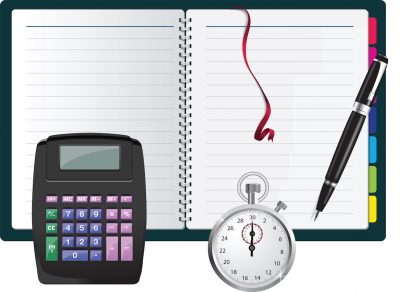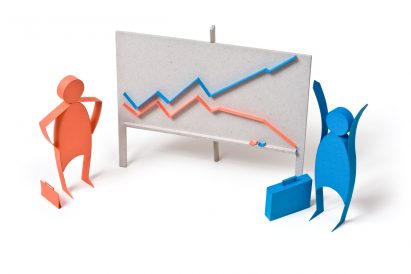Top 5 IFRS Changes Adopted in 2014
The year 2014 brought us some very significant changes in IFRS. While some changes might not give you a hard time to adopt, the other changes can cost you a lot of money and time to make them effective in your company. The year 2014…
How New Impairment Rules in IFRS 9 Affect You
In July 2014, the standard IFRS 9 was finally completed and the latest amendments brought us new impairment rules (besides the other things). In my humble opinion, new impairment rules will cause a lot of headaches for mainly financial institutions. Why? Well, they will have…
Difference Between Fair Value Hedge and Cash Flow Hedge
The first thing you need to do before you even start to play with hedge accounting is to determine the TYPE of hedge relationship that you’re dealing with. Why? Because: the type of hedge determines your accounting entries. Make no mistake here. If you incorrectly…
Hedge Accounting: IAS 39 vs. IFRS 9
Business world as of today presents a huge amount of various risks to almost every company or entrepreneur. I’m sure that also your company faces at least some of these risks: foreign currency risk, price risk, inflation risk, credit risk – just name it. Many…
IFRS 13 Fair Value Measurement
Many IFRS standards require you to measure the fair value of some items. Just name the examples: financial instruments, biological assets, assets held for sale and many other. In the past, there was limited guidance on how to set fair value; the guidance was spread…
How to Account for Compound Financial Instruments (IAS 32)
Compound financial instruments became very common way of raising cash by many companies, but their shareholders don’t like them that much. Why? Because many compound financial instruments contain the option to convert into shares. Just imagine you purchased convertible bond that gives you the right…
How to Extrapolate Along Yield Curve
Recently, during my lecture about financial instruments, I got a very interesting question from one clever participant. To give you a little background: He was a finance guy working in a huge company and for sure, he came across various accounting issues and problems. One…
IFRS 9 Financial Instruments 2012
Update 2017: This is an article from 2012 and I wrote the totally updated article in 2017 here. However, there’s a valuable discussion in the comments to this article, and that’s why I did not delete it, but left it here. Please, if you have…
IAS 39 Financial Instruments: Recognition and Measurement
IAS 39 is a standard fully replaced by the new standard on financial instruments IFRS 9 applicable from 1 January 2018. If you would like to know more about this process, please read our article IAS 39 vs. IFRS 9: Clarifying the Confusion. UPDATE 2018:…
IAS 39 vs IFRS 9
People are very creative and inventive. So they created and invented numerous kinds of financial instruments. Just admit it—are you really versed well in derivatives, various share options, warrants, certificates, convertible bonds and many others? This area happens to be so complicated and difficult to understand,…
Recent Comments
- Albert on Accounting for gain or loss on sale of shares classified at FVOCI
- Chris Kechagias on IFRS S1: What, How, Where, How much it costs
- atik on How to calculate deferred tax with step-by-step example (IAS 12)
- Stan on IFRS 9 Hedge accounting example: why and how to do it
- BSA on Change in the reporting period and comparatives
Categories
- Accounting Policies and Estimates (14)
- Consolidation and Groups (25)
- Current Assets (21)
- Financial Instruments (56)
- Financial Statements (54)
- Foreign Currency (9)
- IFRS Videos (74)
- Insurance (3)
- Most popular (7)
- Non-current Assets (56)
- Other Topics (15)
- Provisions and Other Liabilities (46)
- Revenue Recognition (27)
- Uncategorized (1)













